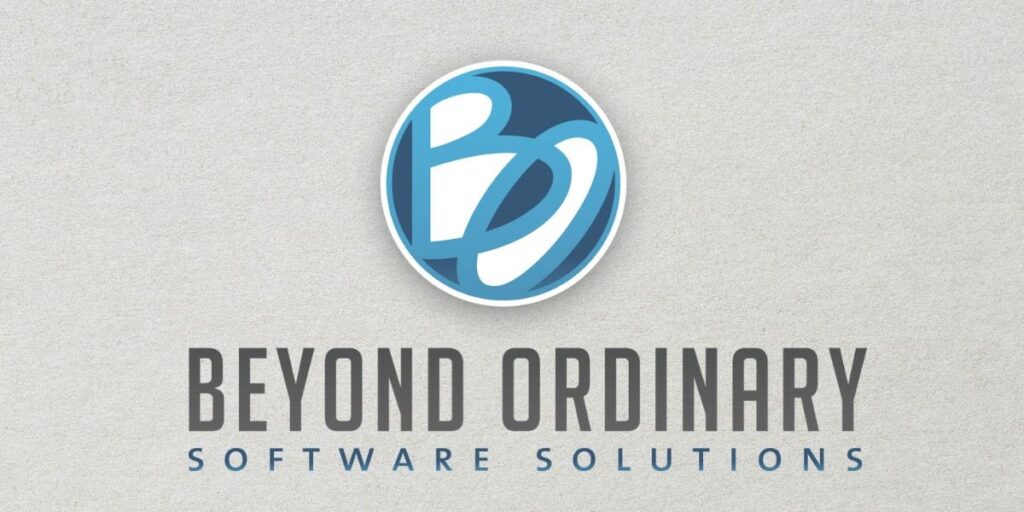Artificial intelligence continues to push the boundaries of innovation, but high computational costs and energy usage often remain major hurdles, and HyperQ aims to help address them.
Beyond Ordinary Software Solutions has introduced HyperQ, an innovative approach in reinforcement learning that offers a fresh perspective by substantially reducing the hardware requirements for training complex models. HyperQ is a Q-learning framework that provides the power of traditional reinforcement learning methods while significantly lessening the heavy resource burden. Unlike many AI tools that often rely on costly GPU clusters and consume large amounts of energy during training, HyperQ takes a different route, prioritizing accessibility, efficiency, and environmental sustainability while maintaining strong performance.
At its core, Q-learning is a type of reinforcement learning where an agent learns how to make decisions by interacting with its environment. HyperQ optimizes this foundational idea for practical, real-world deployment, making it more accessible even on systems without advanced GPU capabilities. That accessibility opens the door for a much broader range of users, from academic institutions and small startups to government agencies and cybersecurity professionals, who can now explore reinforcement learning with fewer barriers.
This shift arrives at a critical time. As AI adoption accelerates across industries, so does the demand for ethical and sustainable innovation. HyperQ helps address both concerns by reducing the energy consumption typically associated with model training. In an era where data centers contribute significantly to global energy use, Beyond Ordinary’s focus on efficient machine learning supports a broader push for greener, more responsible technology.
Beyond Ordinary Software Solutions, the company behind HyperQ, isn’t new to solving high-stakes problems. The company has built a reputation for technical depth with a history of contributions to open-source communities and projects across the defense sector and private enterprise. Their multidisciplinary team includes certified cybersecurity professionals and software architects who help bridge the gap between theory and scalable implementation.
That hybrid expertise is a key driver behind HyperQ’s innovation. Rather than building a flashy tool that requires ideal conditions to perform, Beyond Ordinary has developed a resilient solution designed for real-world constraints. Whether used in secure environments, embedded systems, or scenarios with limited infrastructure, HyperQ’s adaptability suggests that advanced AI doesn’t have to mean complex or costly.
Another notable aspect of HyperQ is its minimalistic yet practical design. Many modern reinforcement learning frameworks can be bloated, reliant on external libraries, heavy simulation environments, and complicated tuning parameters. HyperQ offers a cleaner alternative. It’s fast, light, and user-friendly, yet flexible enough for various applications, including robotics, cybersecurity decision systems, and real-time analytics.
While many AI companies chase the next flashy benchmark or competition win, Beyond Ordinary has chosen a different path. It aims to empower engineers, researchers, and developers to make meaningful progress without requiring excessive investment, and that strategy could be its most significant competitive edge.
By lowering financial and technical roadblocks, HyperQ helps expand the pool of participants in cutting-edge AI development. It’s not just about improving algorithms—it’s about making the tools behind them more accessible. This shift has the potential to change how we build intelligent systems, especially in industries or regions where high-end computing isn’t readily available.
As Beyond Ordinary continues to refine and evolve HyperQ, it’s clear the product is more than just a novel tool—it’s a demonstration that impactful machine learning solutions can exist without excessive costs or environmental compromise.
In a world increasingly powered by AI, HyperQ shows that smarter, leaner, and more responsible tech is not only possible—it’s already here.
Learn more about HyperQ at https://beyond-ordinary.com/HyperQ.aspx
Published by Jeremy S.











